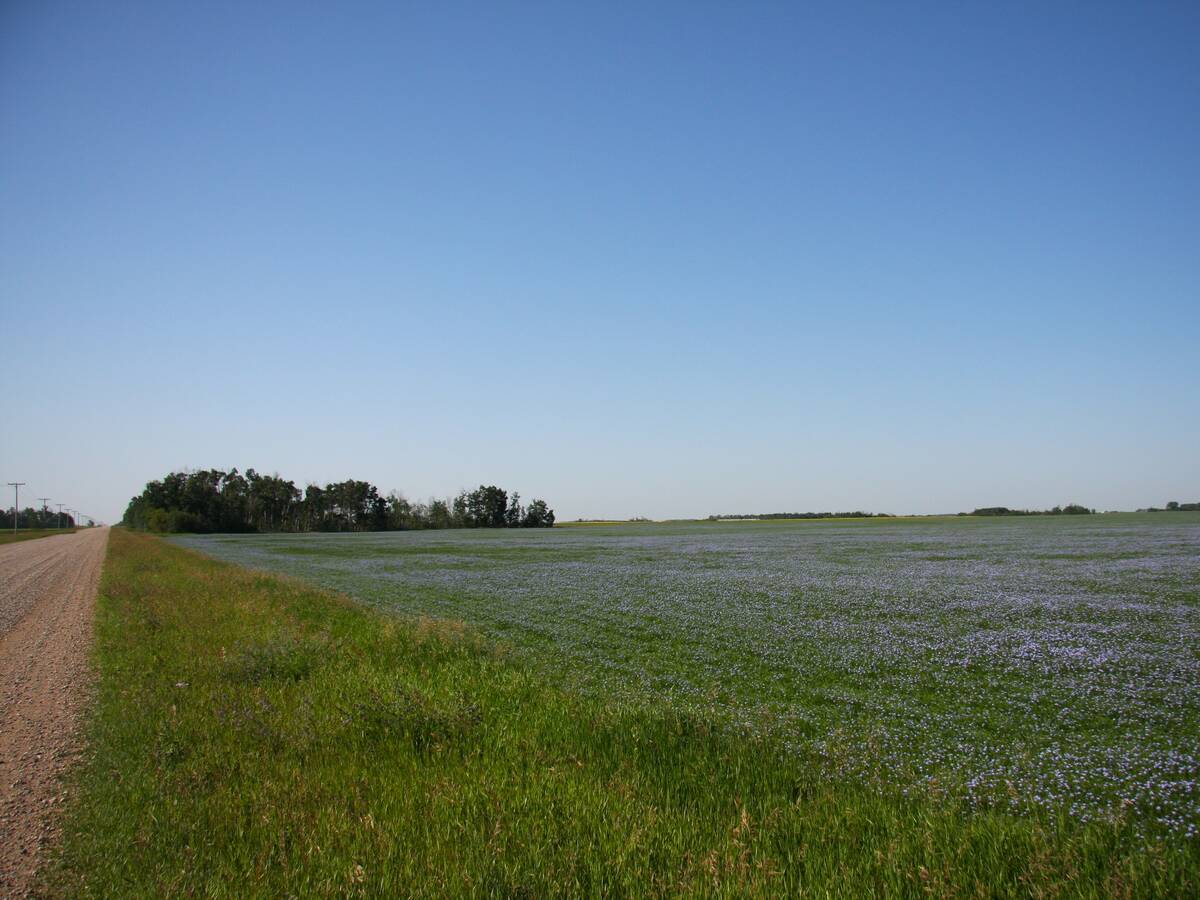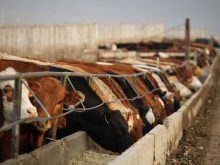CALGARY – Hanging a “hay for sale” sign on the farmgate may not do the job for farmers hoping to sell forage crops this year, into what appears to be a saturated market.
Despite a poor quality first cut, hay sellers in Alberta are expected to have plenty of competition, thanks to plentiful and high quality second and third cuts. And more supply will likely mean lower prices, according to Alberta Agriculture forage specialists.
Central Alberta forage specialist Alan Macaulay, at Barrhead, said there’s lots of protein in the second cut and a variation in prices.
Read Also

Farmland advisory committee created in Saskatchewan
The Saskatchewan government has created the Farm Land Ownership Advisory Committee to address farmer concerns and gain feedback about the issues.
Think creatively
He’s advising people to look at innovative ways to sell their hay. “You have to be a little more aggressive in a year like this,” he said.
He suggests feed analysis to measure protein and fibre content, then using the results as an advertising tool.
If marketing plans fall short, additional hay could be covered with a tarp and held over for next year. Another option is to custom graze cattle on hay fields, or take some of the hay crop out of production, he said.
“There’s hay all over the place and there’s basically no market for it,” said Harvey Yoder of Lac La Biche.
About 25 percent of first-cut hay in northeastern Alberta was in poor condition because of weathering, but tonnage yields on the mostly alfalfa-grass mix was good. The second cut is better quality with some for sale, but few takers.
The story is the same in the Peace River country, where there’s lots for sale, but few buyers, said Freeman Iwasiuk of High Prairie, Alta. The first cut there didn’t reach top quality either because of rain damage, but is good enough for cow feed.
The second cut is better and Iwasiuk expects some people will keep extra calves over the winter and put the surplus hay through them.
“Anywhere north of Edmonton, there’s an awful lot of nice looking second cut that’s rolled up,” said Iwasiuk.
In feedlot country, Dale Zoebell, of Lethbridge’s Alberta Agriculture office, said with the abundance of hay, prices are hard to pin down.
Prices take a plunge
In 1992 and 1993, because of uncooperative weather, the limited amount of top quality hay earned $90 a tonne. This year, the best quality may be worth less than $80.
“Hay is worth whatever you can sell it for,” said Zoebell. “I think a guy is going to have to be honest with himself on what his hay is really worth,” he added.
One option may be to feed it to cattle at home. But to turn a profit, the hay may be sharply discounted to counterbalance the high break-even points for feeding cattle.















